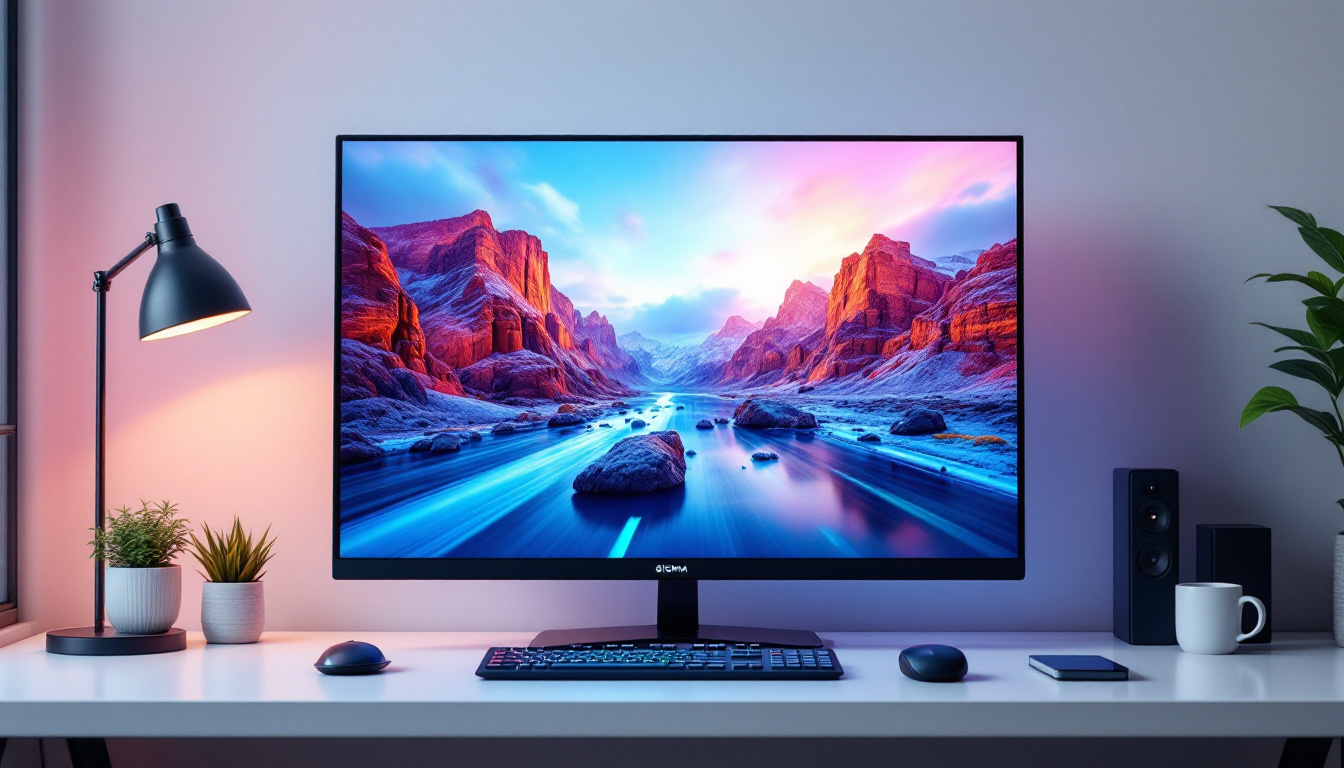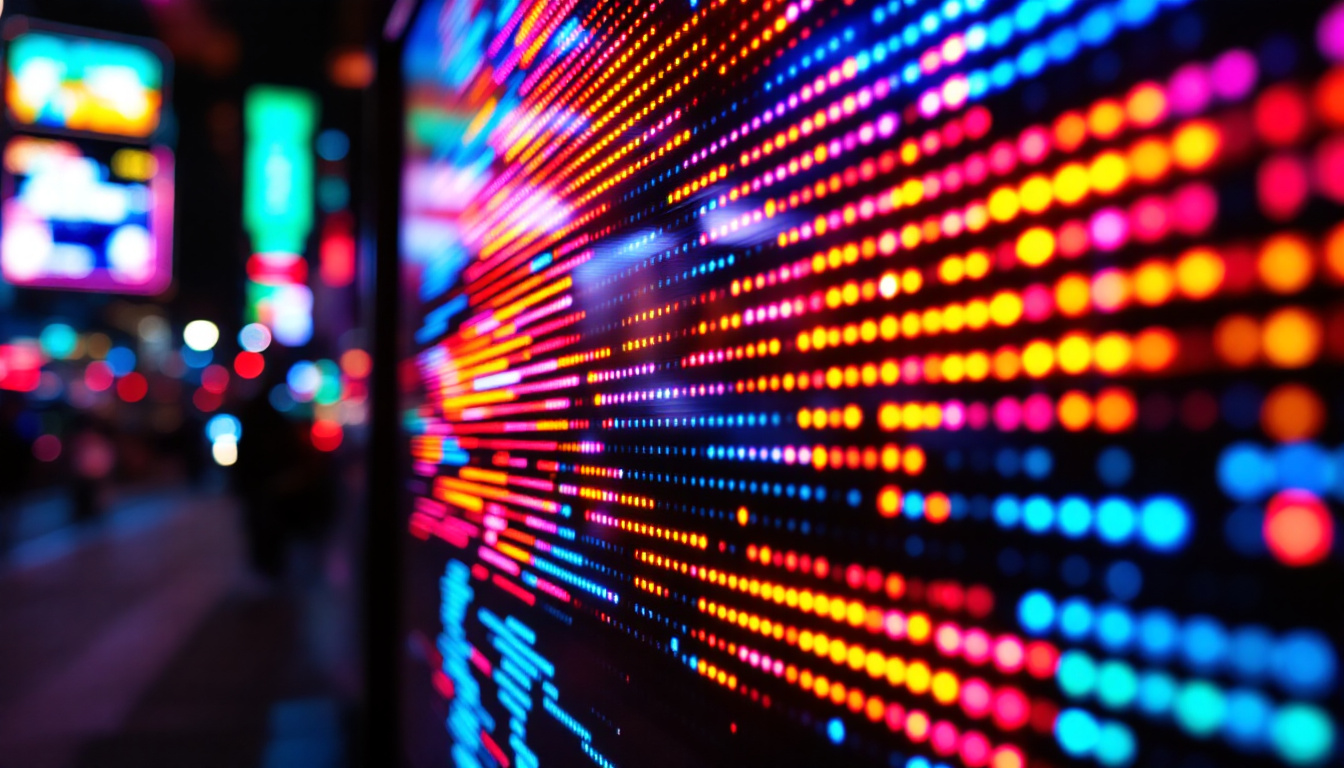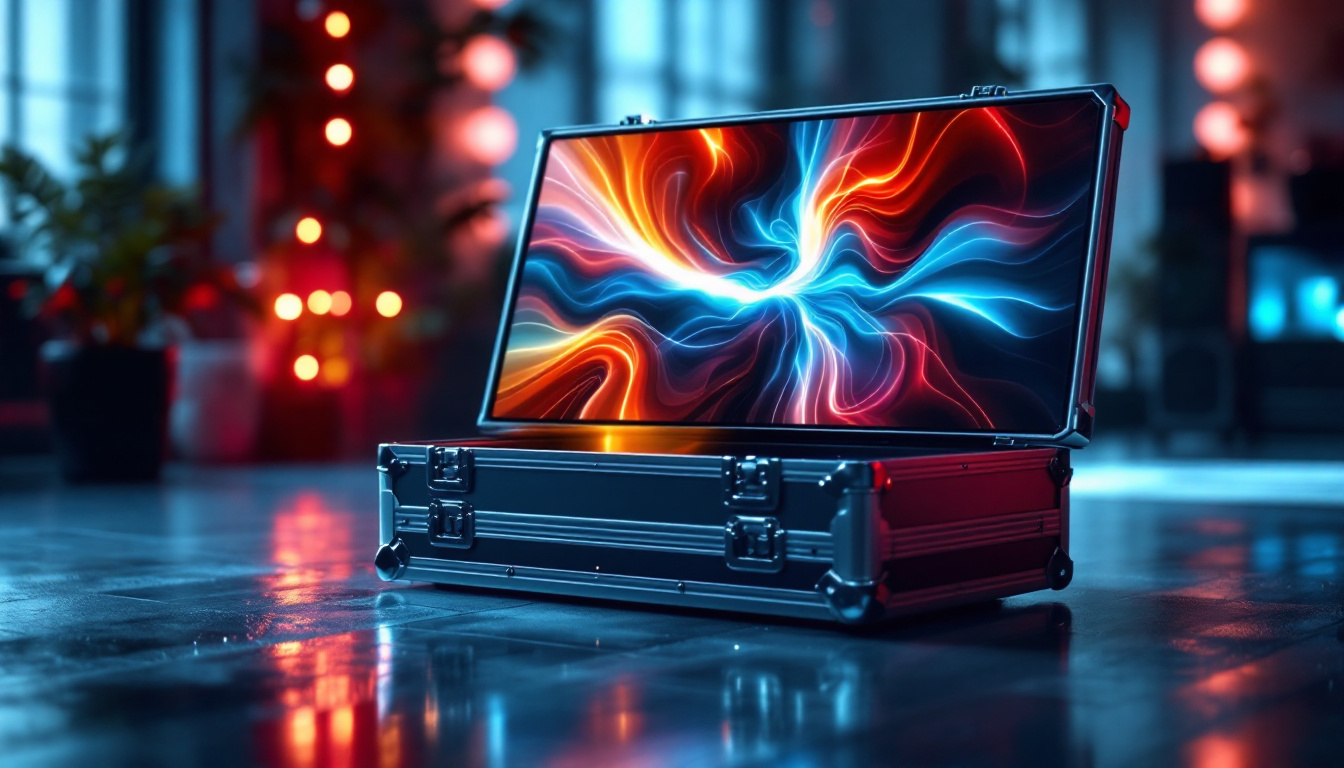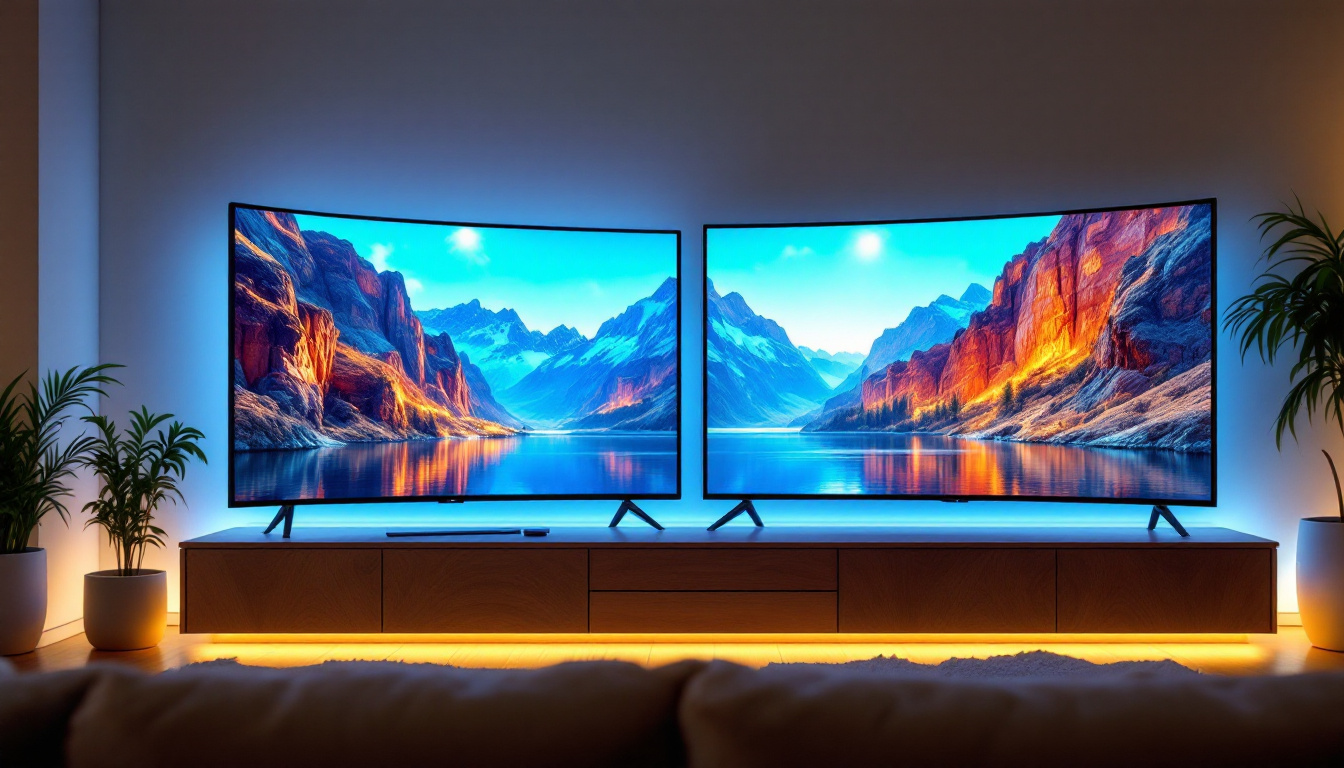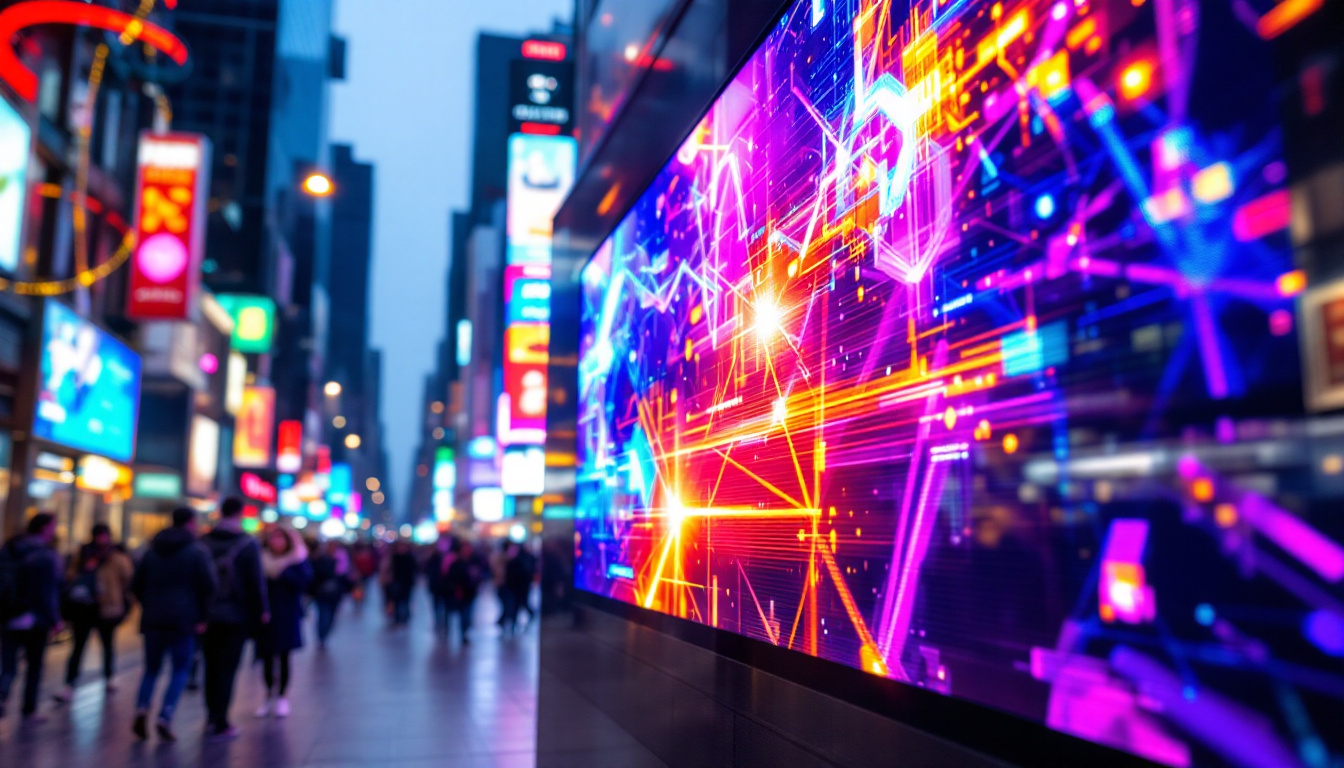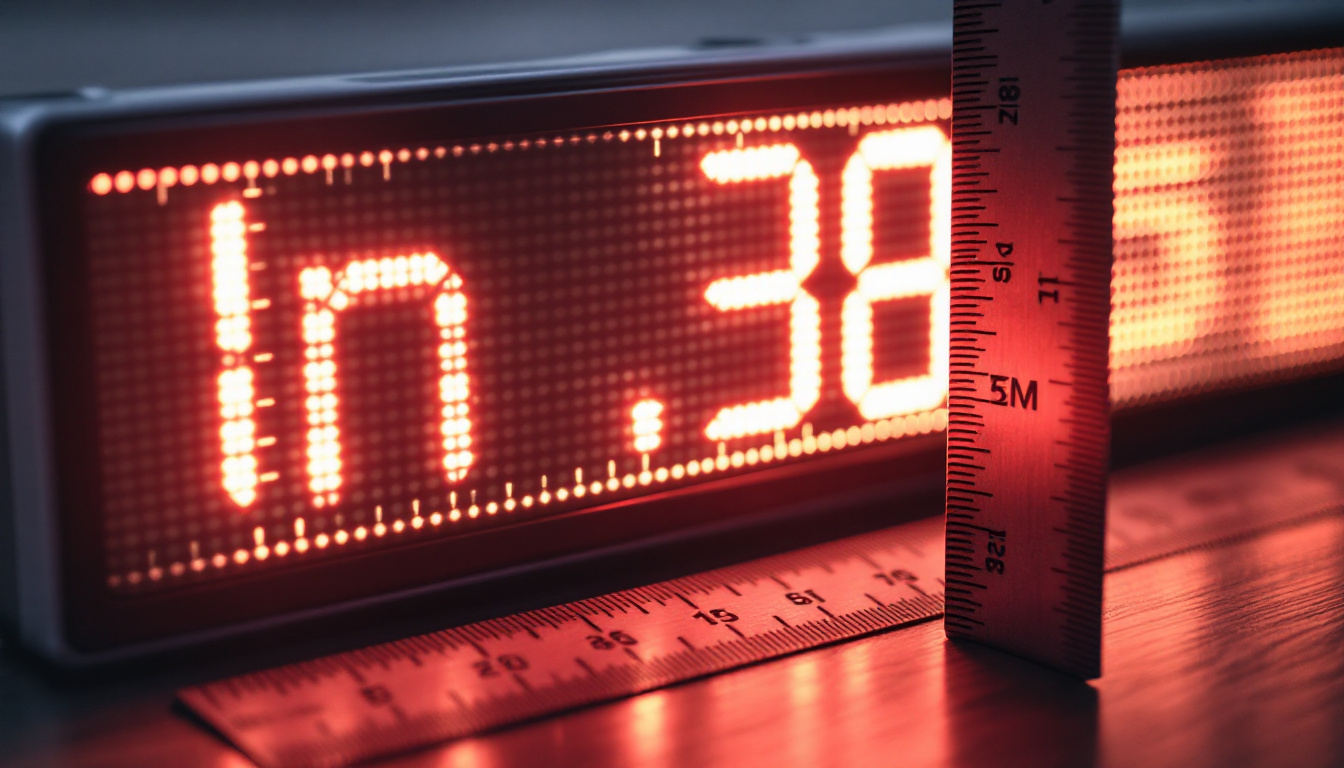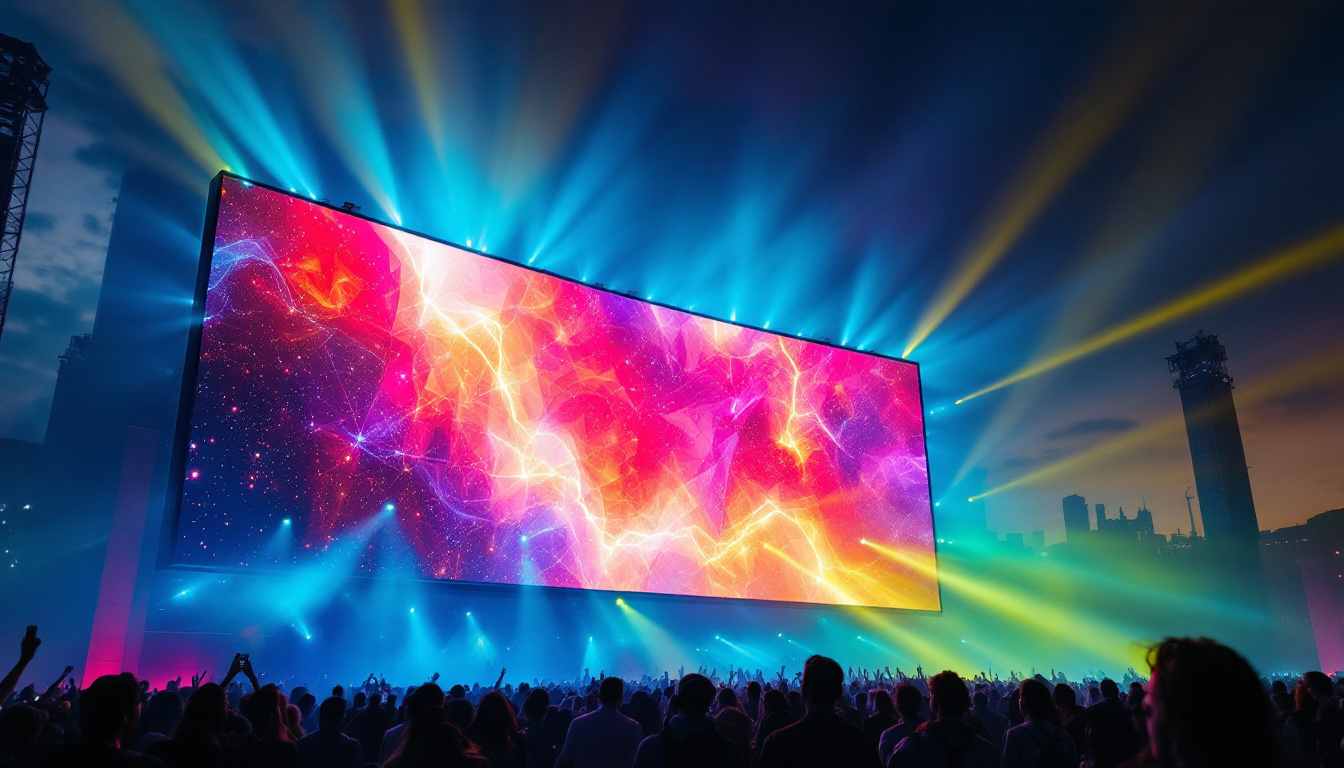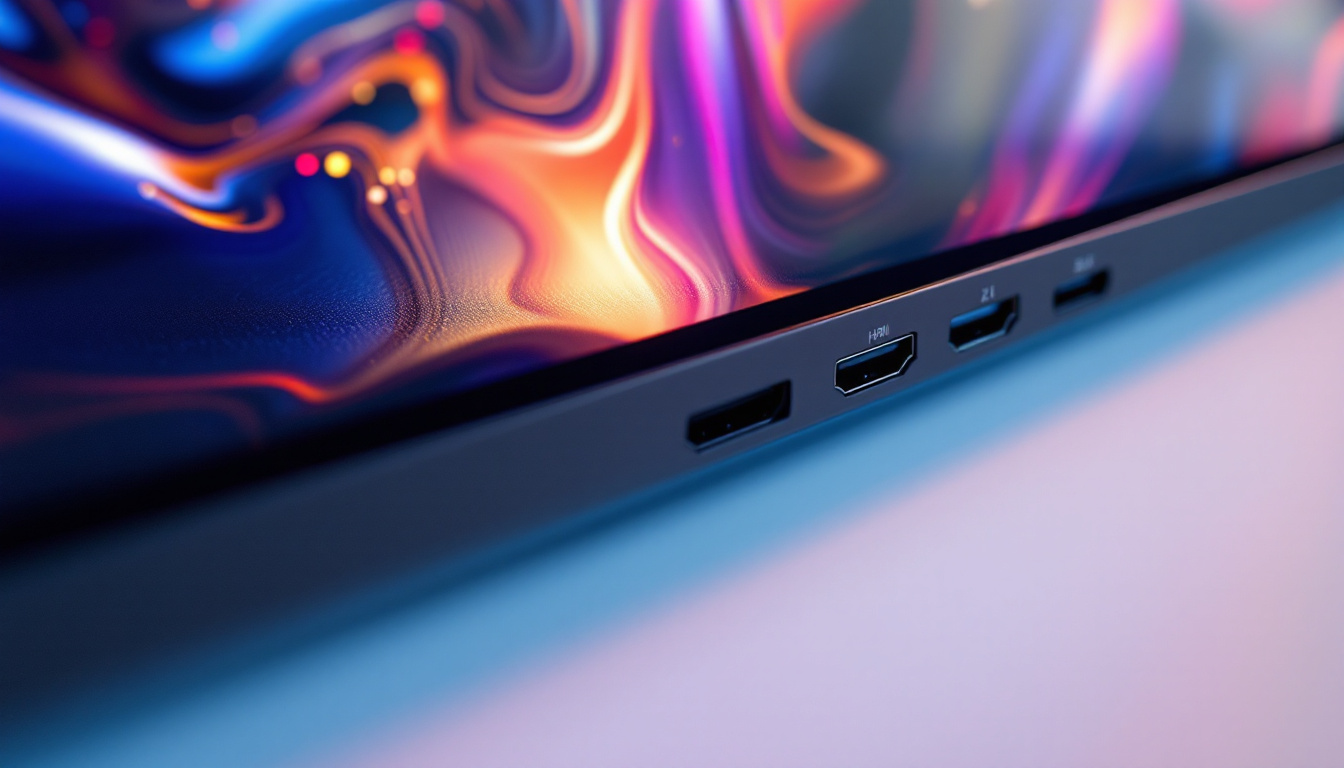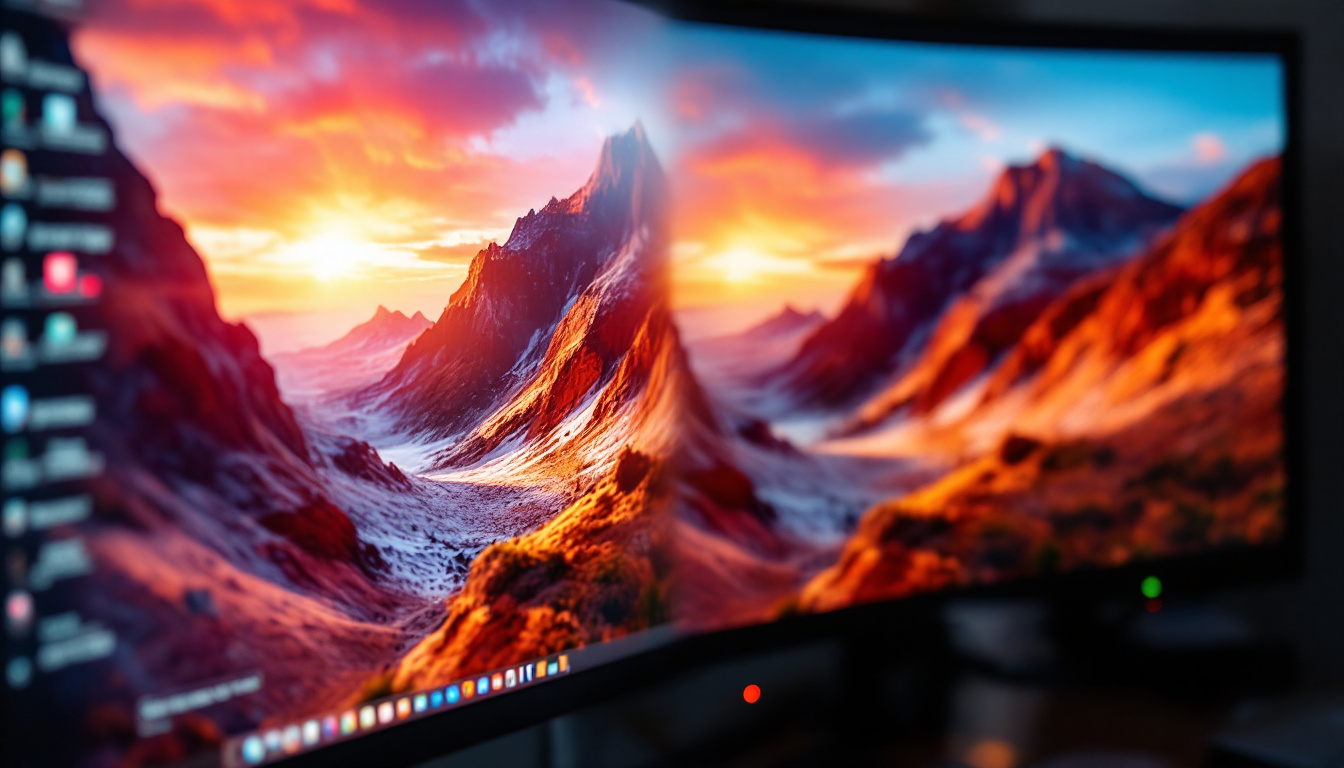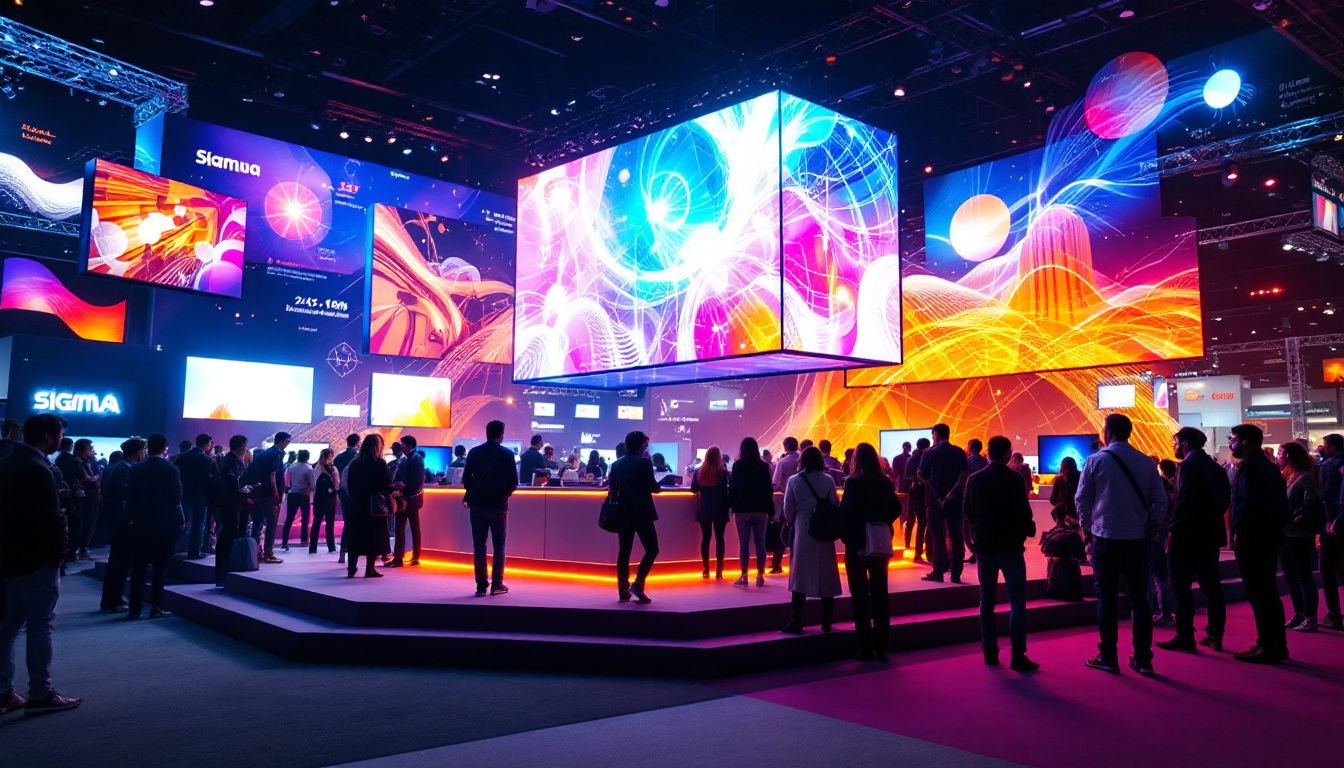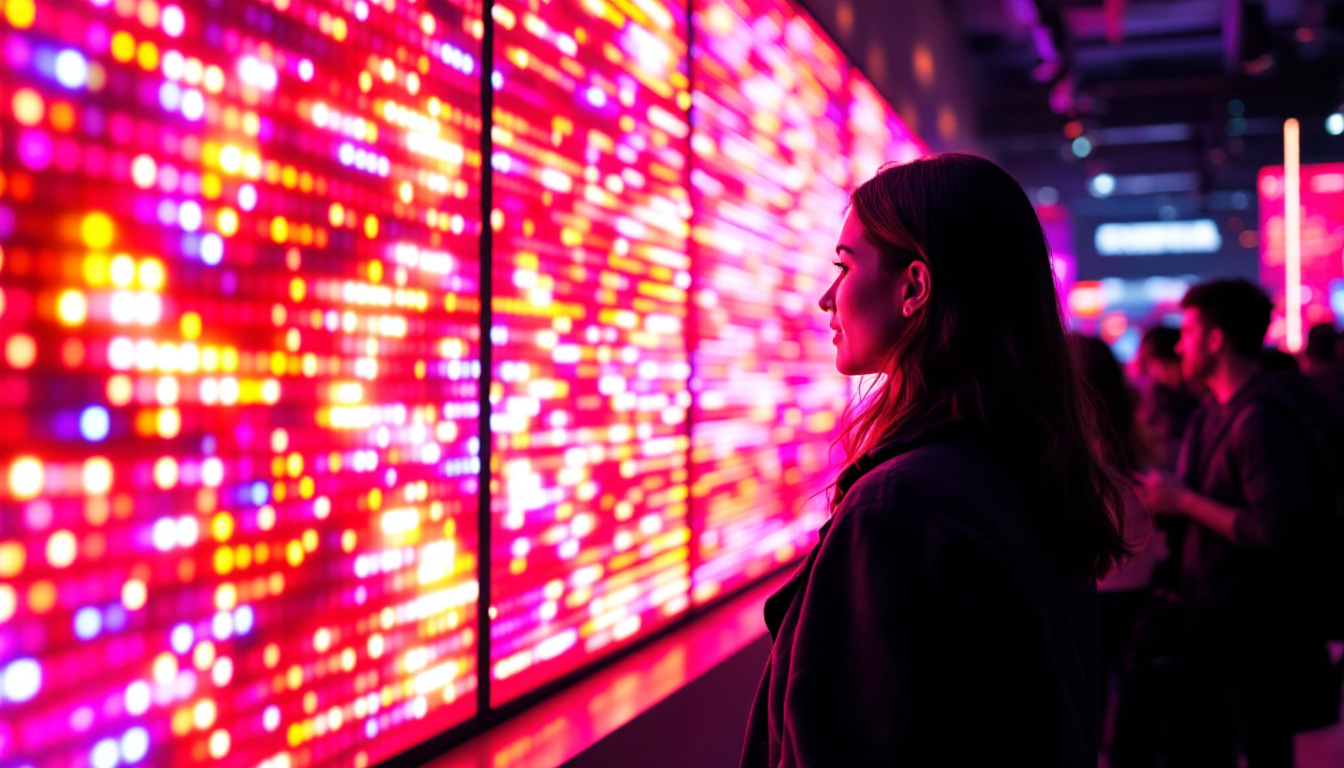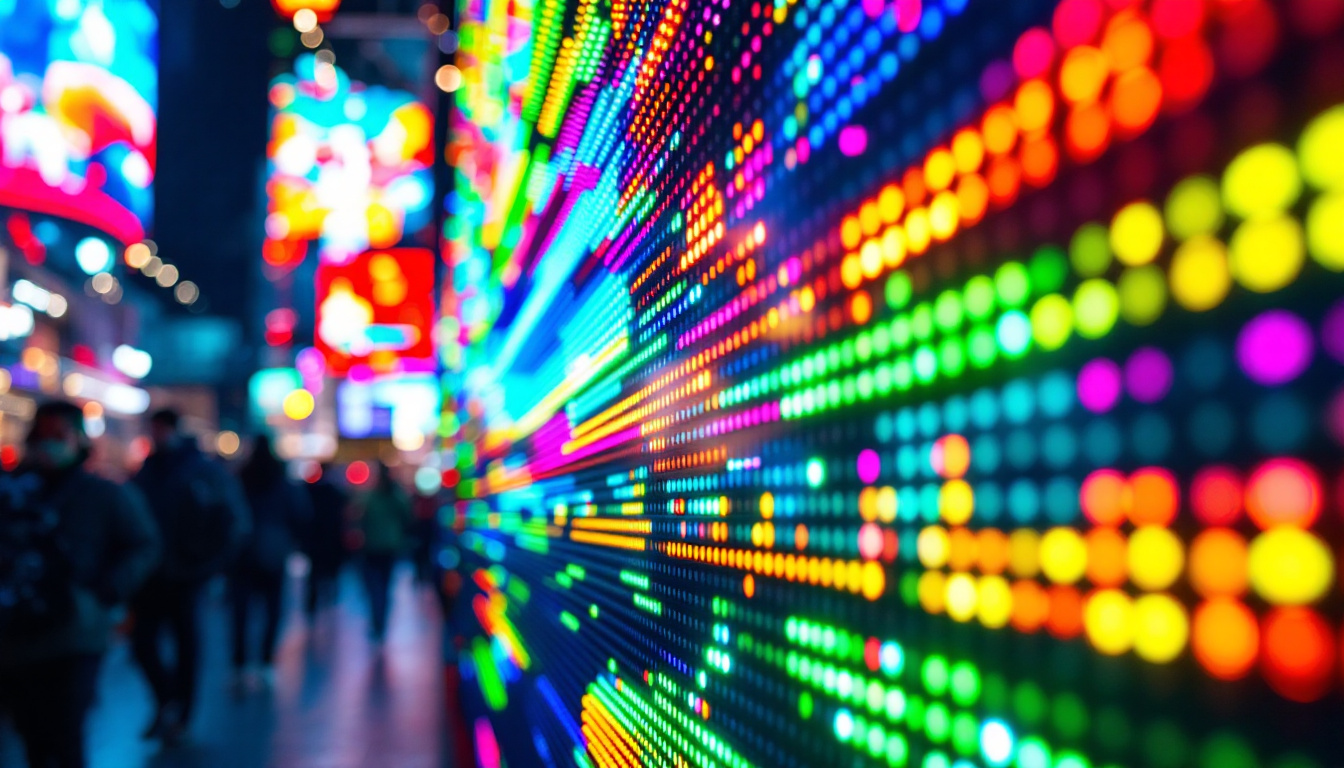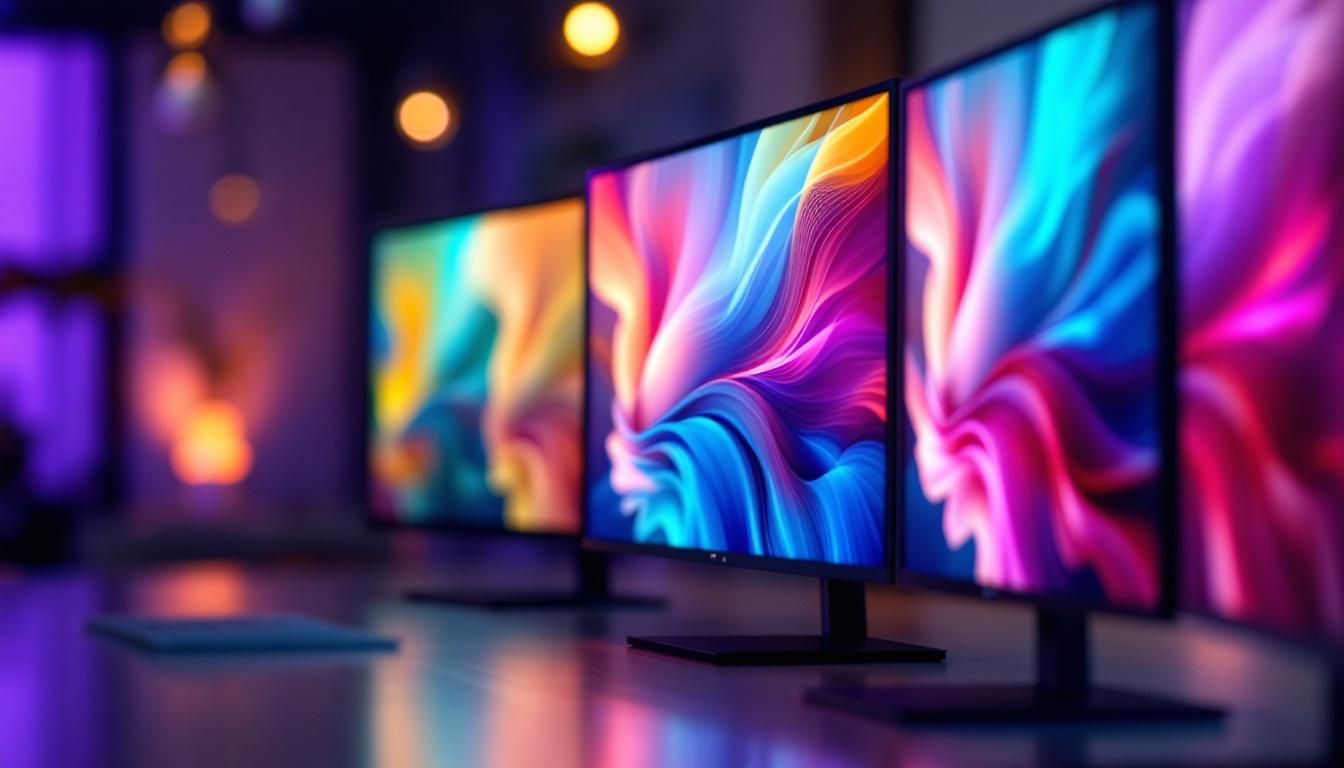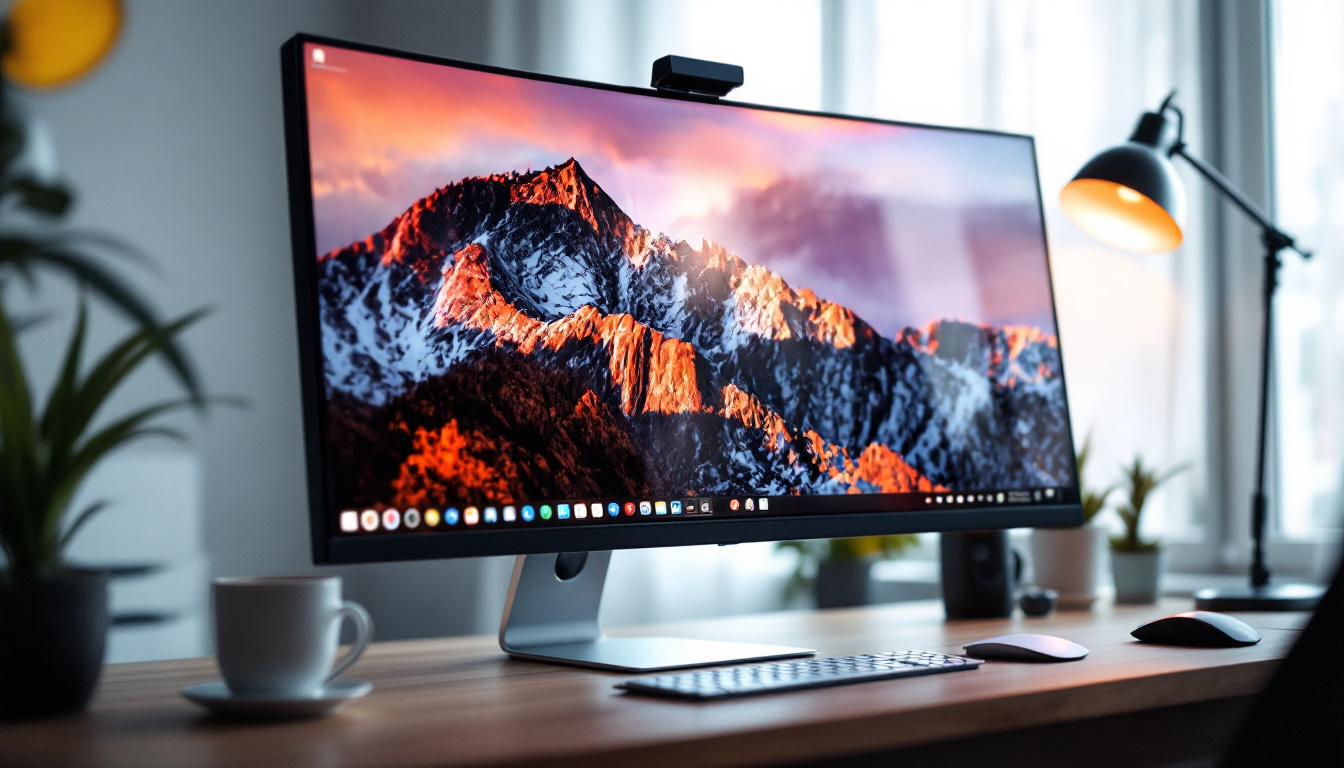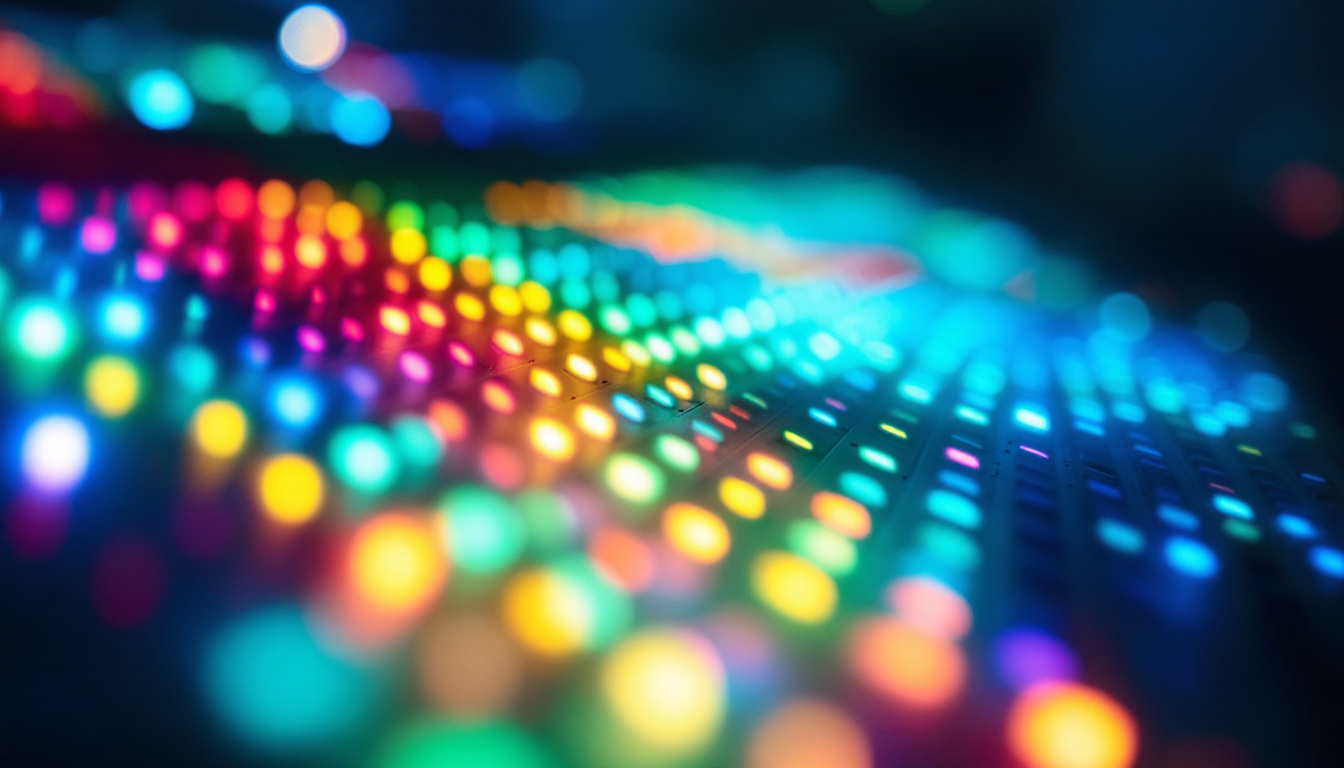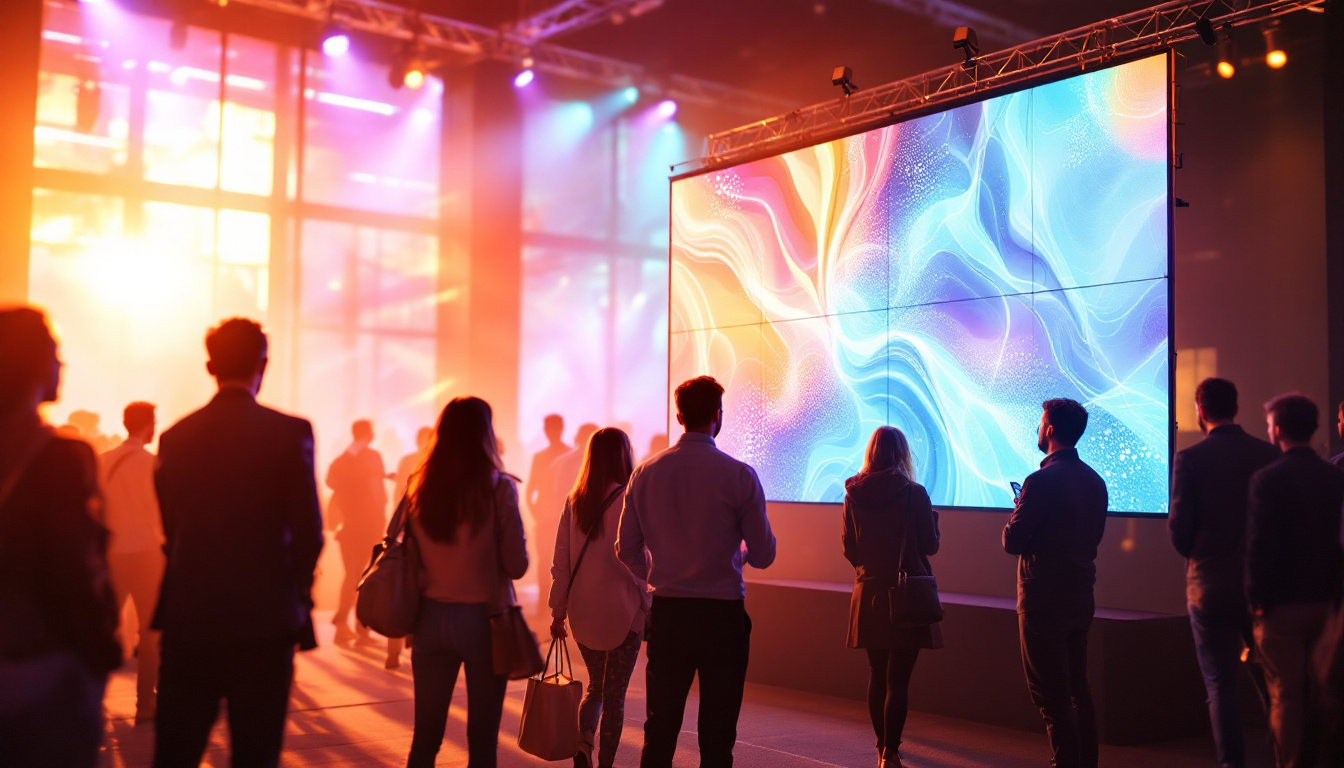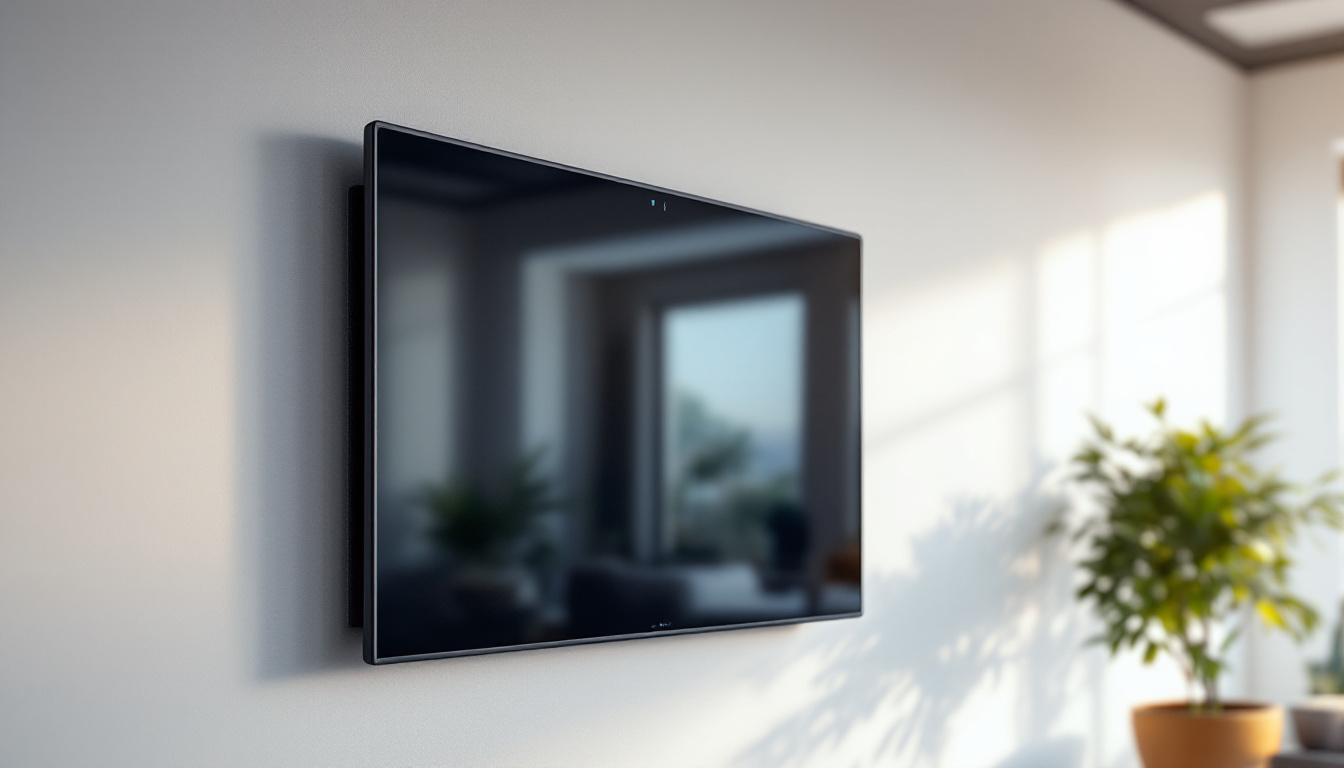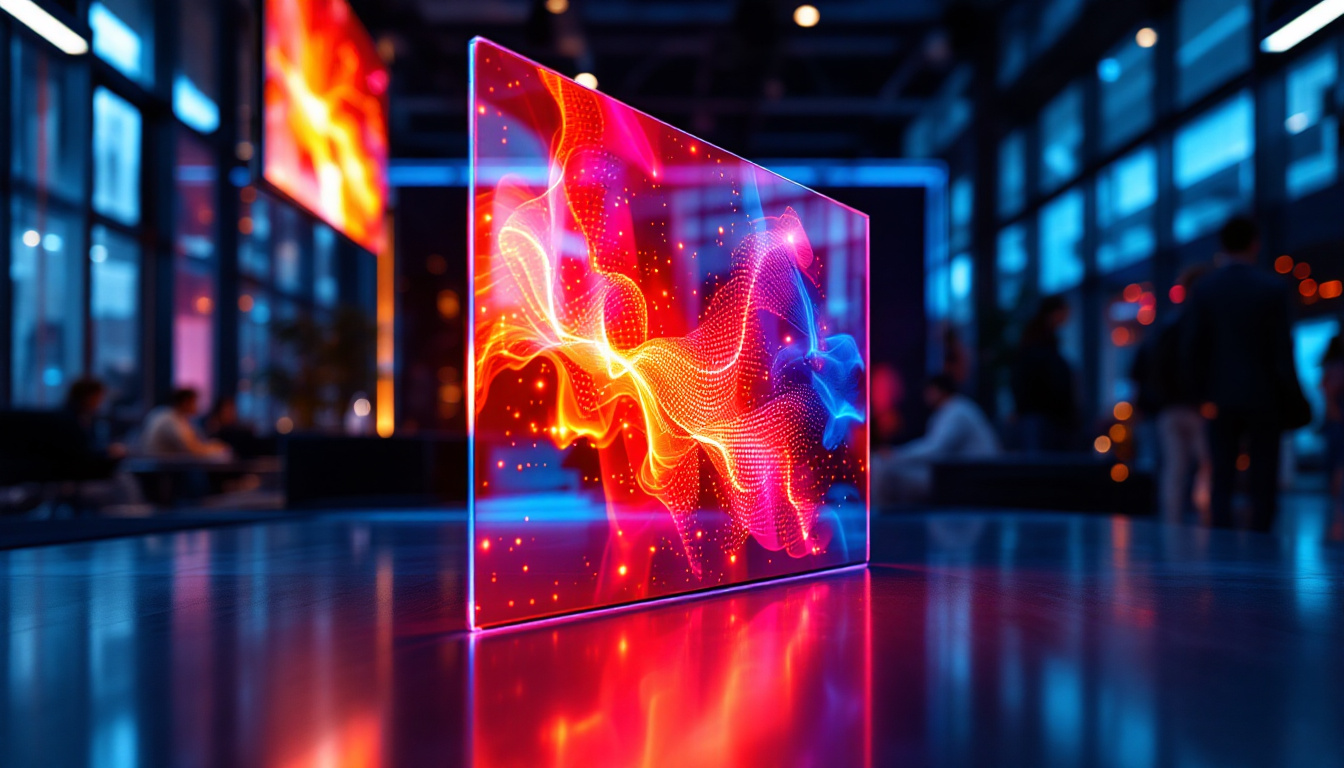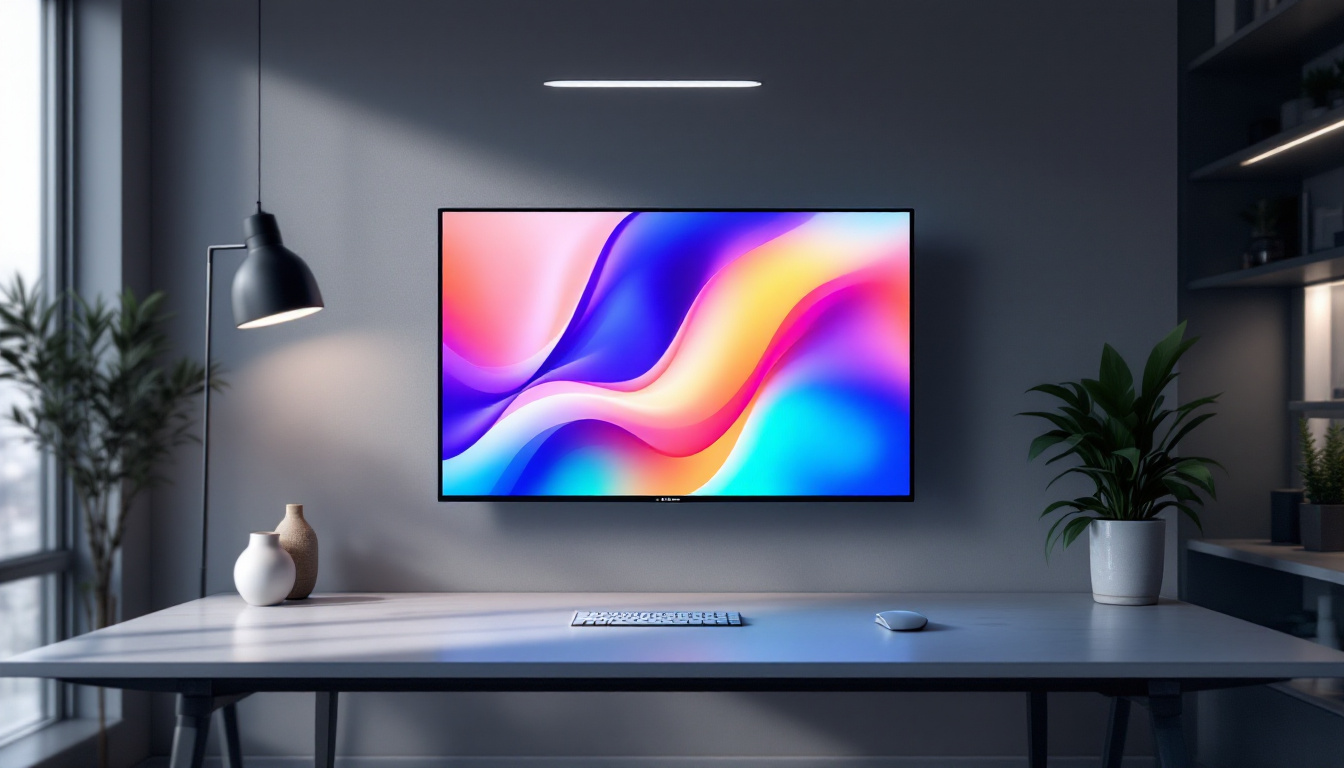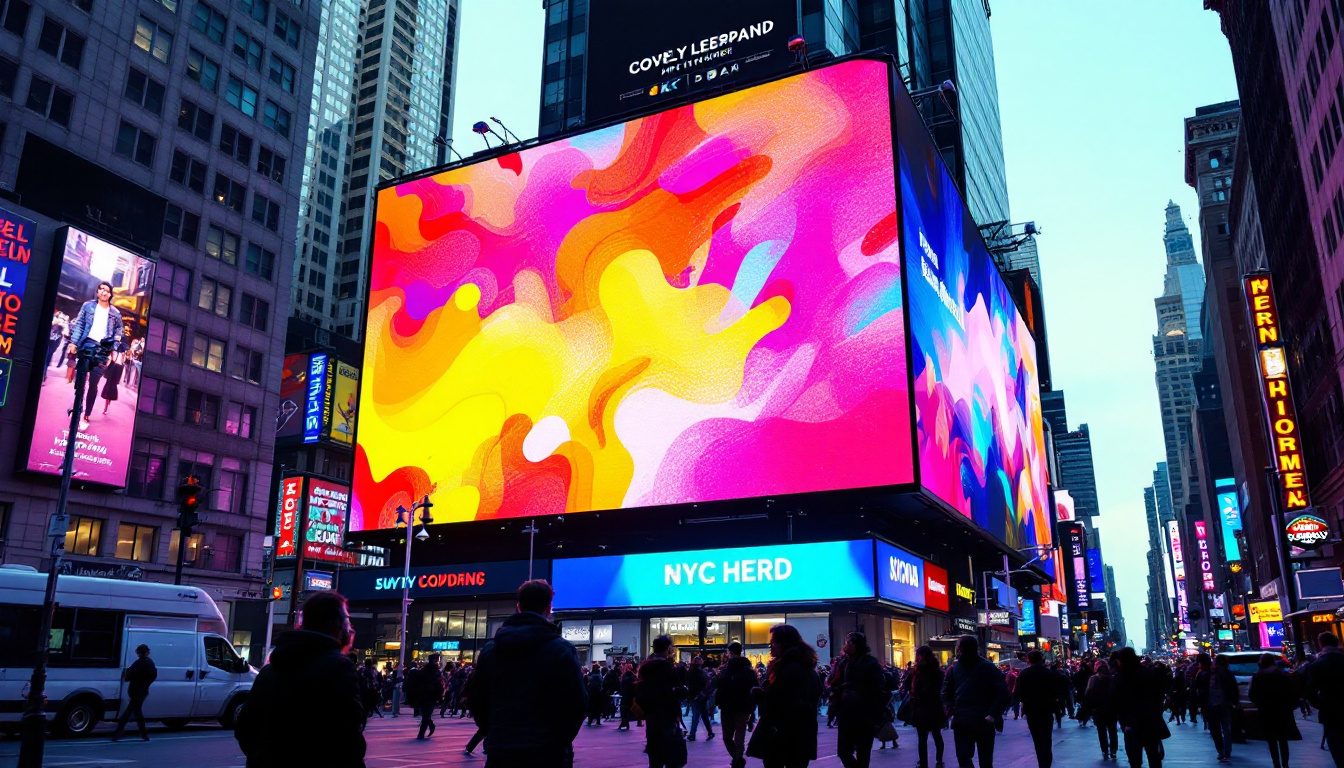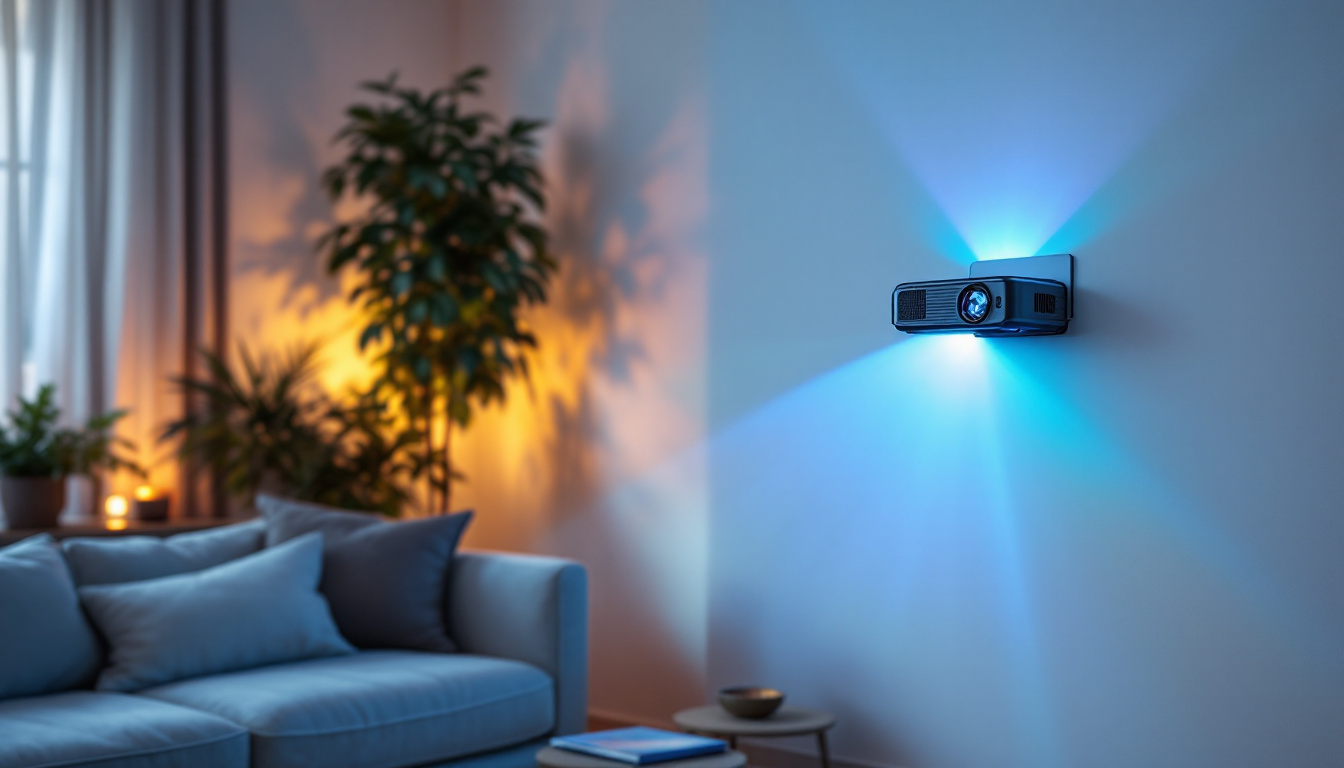In the world of digital displays, the aspect ratio is a crucial factor that influences how content is presented on screens. Understanding aspect ratios, particularly in the context of LED monitors, can significantly enhance the viewing experience, whether for gaming, professional work, or casual browsing. This article delves into the intricacies of aspect ratios, the technology behind LED displays, and how these elements come together to create a seamless visual experience.
Understanding Aspect Ratios
The aspect ratio of a monitor refers to the proportional relationship between its width and height. It is expressed as two numbers separated by a colon, such as 16:9 or 4:3. The first number indicates the width, while the second denotes the height. This ratio is fundamental in determining how images and videos are displayed on a screen.
Common Aspect Ratios
Several aspect ratios are prevalent in the market, each serving different purposes and preferences:
- 16:9: This is the most common aspect ratio for televisions and computer monitors. It is ideal for HD content and is widely used in gaming and streaming services.
- 4:3: Once the standard for older televisions and monitors, this aspect ratio is less common today but still used in specific applications, particularly in photography and classic video games.
- 21:9: Known as ultra-wide, this aspect ratio is gaining popularity among gamers and professionals who require a broader field of view for multitasking or immersive experiences.
Impact on Viewing Experience
The aspect ratio significantly impacts how content is perceived. For example, a 16:9 display is well-suited for movies and television shows, which are often produced in this format. On the other hand, a 21:9 monitor can enhance gaming experiences by providing a wider perspective, allowing players to see more of the action without needing to pan the camera.
Moreover, the choice of aspect ratio can affect productivity. For instance, professionals who work with multiple applications simultaneously may benefit from ultra-wide monitors, as they can fit more windows side by side, reducing the need for constant switching between tabs.
In addition to enhancing gaming and productivity, aspect ratios also play a crucial role in the realm of content creation. Filmmakers and video editors often choose specific aspect ratios to convey a particular mood or style. For instance, a 2.35:1 aspect ratio is frequently used in cinematic productions to create a more dramatic and immersive experience, drawing viewers into the story. Similarly, photographers may select a 16:9 ratio for landscape shots to capture the expansive beauty of a scene, while a 1:1 ratio can be ideal for social media posts, ensuring that images display perfectly on platforms like Instagram.
Furthermore, the rise of mobile devices has introduced new aspect ratios tailored for handheld viewing. Many smartphones now feature 18:9 or even 19.5:9 ratios, designed to maximize screen real estate while maintaining a comfortable grip. This shift not only enhances the user experience for video consumption but also influences app design, as developers must consider how their interfaces will appear across various aspect ratios, ensuring a seamless experience for all users regardless of the device they choose.
LED Display Technology
LED (Light Emitting Diode) technology has revolutionized the way displays are manufactured and perceived. Unlike traditional LCD screens that use fluorescent backlighting, LED displays utilize tiny diodes to produce light, resulting in brighter and more vibrant images. This shift in technology has not only enhanced the viewing experience for consumers but has also opened up new possibilities for applications in various fields, including advertising, entertainment, and even healthcare.
How LED Displays Work
LED displays function by using a grid of tiny diodes that emit light when an electric current passes through them. These diodes can be arranged in various configurations, such as:
- Edge-lit: LEDs are placed along the edges of the screen, with light diffused across the display. This design is thinner and more energy-efficient but may result in uneven brightness.
- Direct-lit: LEDs are placed directly behind the screen, providing more uniform brightness and better contrast. This setup is often found in higher-end models.
- Full-array: This configuration features a grid of LEDs behind the entire screen, allowing for precise control over brightness and contrast levels. It is ideal for high dynamic range (HDR) content.
In addition to these configurations, advancements in technology have led to the development of organic LED (OLED) displays, which use organic compounds to emit light. OLED displays offer even greater flexibility in design, allowing for curved and flexible screens that can be integrated into various environments, from smartphones to large-scale digital signage. The ability to produce true blacks by turning off individual pixels also enhances the overall picture quality, making OLED a popular choice among high-end display manufacturers.
Advantages of LED Displays
LED displays offer several advantages over traditional display technologies:
- Energy Efficiency: LED technology consumes less power, making it a more environmentally friendly option.
- Brightness and Color Accuracy: LED displays can achieve higher brightness levels and a wider color gamut, resulting in more vibrant and lifelike images.
- Thin and Lightweight: The compact nature of LED technology allows for slimmer and lighter monitors, making them easier to transport and mount.
Moreover, the longevity of LED displays is another significant advantage. With lifespans often exceeding 50,000 hours, these displays require less frequent replacement compared to traditional technologies, leading to lower long-term costs for consumers and businesses alike. Additionally, the durability of LED panels makes them suitable for a variety of environments, including outdoor installations where they can withstand harsh weather conditions while maintaining optimal performance. This resilience contributes to the growing popularity of LED technology in public spaces, such as stadiums and concert venues, where high visibility and reliability are paramount.
Choosing the Right Aspect Ratio for Your Needs
When selecting a monitor, the aspect ratio should align with its intended use. Different activities benefit from different ratios, and understanding these nuances can lead to a more satisfying experience.
For Gaming
Gamers often prefer monitors with a 16:9 or 21:9 aspect ratio. The latter provides an immersive experience, allowing players to see more of the game world without the need for excessive camera movement. Additionally, many modern games are designed to take advantage of ultra-wide displays, enhancing the overall experience. The wider field of view can also improve competitive gaming, as players can spot opponents more easily in peripheral vision. Furthermore, the increased screen real estate can be particularly advantageous in role-playing games (RPGs) and first-person shooters (FPS), where environmental awareness is crucial.
For Professional Use
Professionals in fields such as graphic design, video editing, and programming might find that a 16:10 or ultra-wide 21:9 monitor enhances productivity. The extra vertical space of a 16:10 display can be beneficial for editing documents, while ultra-wide monitors allow for multitasking with multiple applications open side by side. For instance, a video editor can have their timeline open on one side while previewing footage on the other, streamlining the workflow. Similarly, programmers can benefit from having code on one half of the screen and documentation or debugging tools on the other, reducing the need to switch between tabs and boosting efficiency.
For Casual Use
For general browsing, streaming, and office work, a standard 16:9 monitor is often sufficient. This aspect ratio is versatile and compatible with most content available today, making it a popular choice for everyday users. It accommodates a wide range of activities, from watching movies in high definition to engaging in video calls. Moreover, many streaming platforms and video services are optimized for 16:9, ensuring that users enjoy a seamless viewing experience without black bars or cropping. As a result, casual users can appreciate the balance of performance and functionality that this aspect ratio provides, making it an ideal choice for those who want a reliable monitor without the need for specialized features.
Future Trends in Aspect Ratios and LED Displays
The technology behind monitors is continuously evolving, and aspect ratios are no exception. As content creation and consumption habits change, so too do the preferences for aspect ratios.
Emerging Aspect Ratios
New aspect ratios are emerging to cater to specific needs. For instance, 32:9 monitors are gaining traction among gamers and professionals who require an expansive view. These displays are essentially two 16:9 monitors side by side, providing an immersive experience without the bezels found in traditional dual-monitor setups.
Advancements in LED Technology
LED technology is also advancing, with innovations such as MicroLED and MiniLED gaining attention. These technologies promise even better brightness, contrast, and color accuracy, pushing the boundaries of what is possible in display technology.
Conclusion
Understanding aspect ratios and LED display technology is essential for anyone looking to invest in a monitor. The right aspect ratio can enhance the viewing experience, whether for gaming, professional work, or casual use. As technology continues to evolve, staying informed about these developments will ensure that users can make the best choices for their needs.
In summary, whether opting for a standard 16:9 display or exploring the benefits of ultra-wide monitors, the key is to align the choice with intended use. With the right knowledge, users can fully appreciate the capabilities of modern LED displays and enjoy a richer visual experience.
Discover the Future of Visual Experience with LumenMatrix
Ready to elevate your visual experience with the perfect aspect ratio and cutting-edge LED technology? Look no further than LumenMatrix, a pioneer in crafting LED displays that transform any space into a dynamic environment. From immersive Indoor and Outdoor LED Wall Displays to innovative solutions like Vehicle LED Displays and LED Sports Displays, LumenMatrix offers a wide array of products designed to captivate and engage. Embrace the future of digital signage with our Custom, All-in-One, and Transparent LED Displays, each tailored to deliver your message with unparalleled impact. Don’t miss out on the opportunity to revolutionize your visual communication. Check out LumenMatrix LED Display Solutions today and witness the transformation for yourself.

